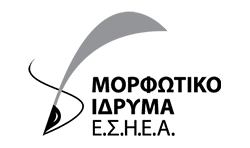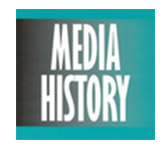“[…] In the present work, I describe the periodical press, magazines, newspapers, yearbooks and the annual books called “almanacs” […]. By the expression “Greek Religious Press” I mean the publications, written in the Greek language and periodically printed (or mimeographed, but widely circulated) inside and outside free Greece, the content of which, as a whole, is mainly religious or theological, or intended to be. That is 1) the clearly religious periodicals of all faiths or religions, 2) those which develop ideas or themes described as religious (or theological), or metaphysical (parapsychology, theosophy, pantheism, etc.).
[…]
Also included as a supplement to the entries are: 1) Table of abbreviations, 2) General bibliography of the Greek religious press. 3) Note about a practical way to use libraries. 4) Alphabetical index including all words in the titles […], 5) Alphabetical index of the names of publishers, directors, editors-in-chief, etc., referred to in the entries. 6) Index of place of publication. 7) Index of year of first issue. 8) Index of doctrinal classification (Orthodox, Roman Catholic, Protestant [Millenarian etc.], Parapsychological, Freemasons, etc.). 9) Index of the content of Orthodox periodicals, their main feature or features, e.g. general theological, historical canonical or edifying. 10) Table of the most important periodicals with ecclesiastical news by decade of publication. 11) Table of periodicals, for which independent indexes were published of the contents of all volumes, or a large number of them. There is a total of 716 entries. Perhaps some entries have been inadvertently omitted. I would be very pleased if this gap could be filled with other specific facts […]”. (Introduction, 5-9)






